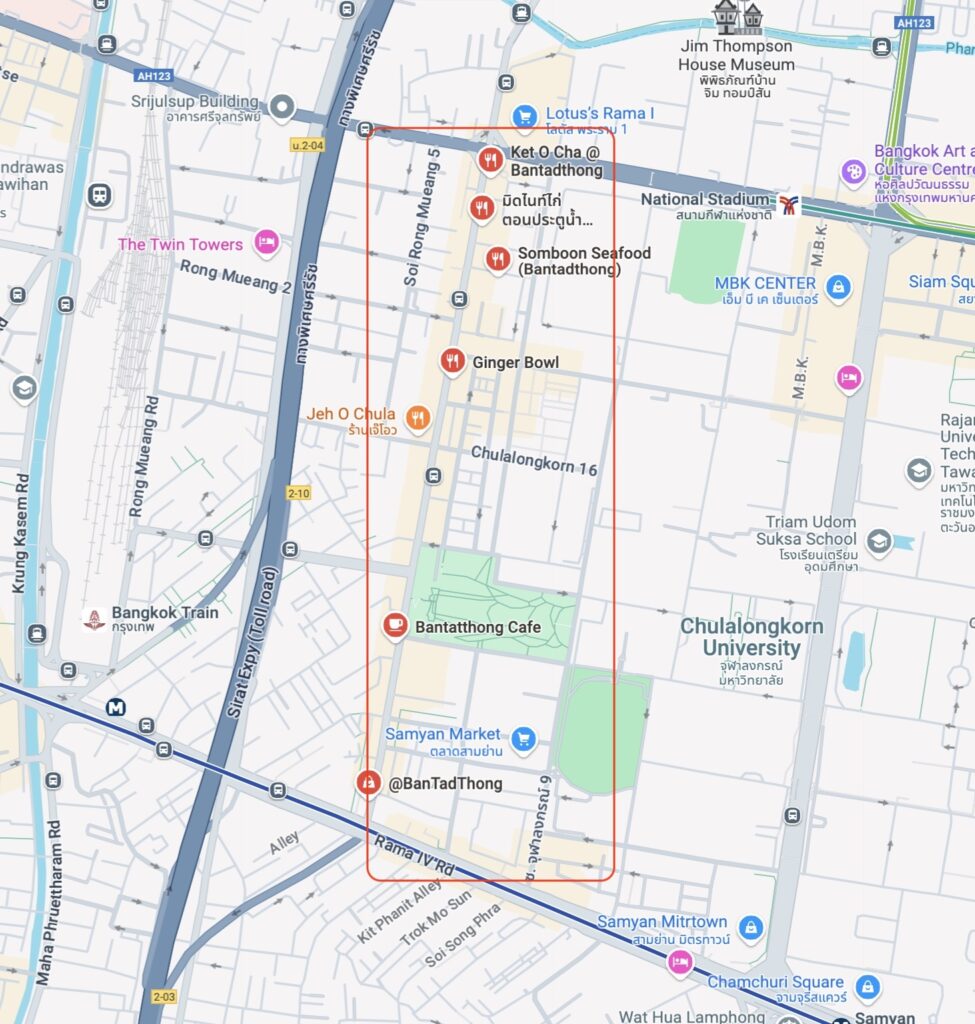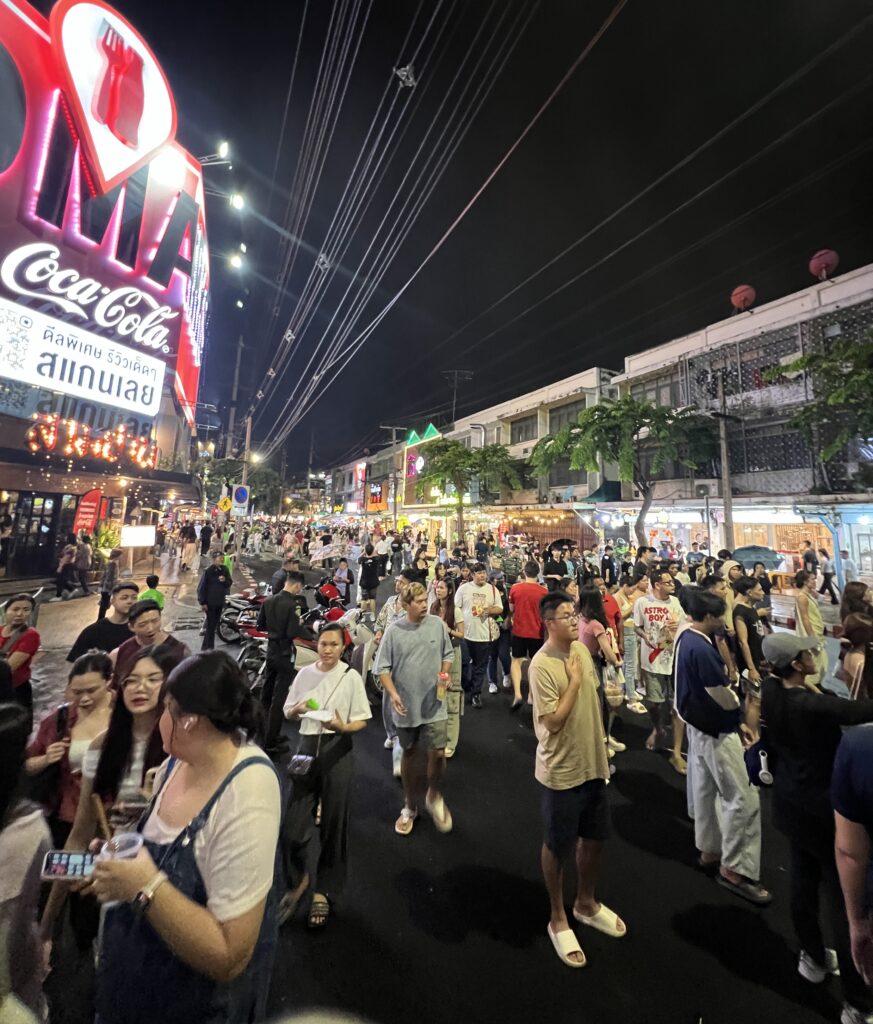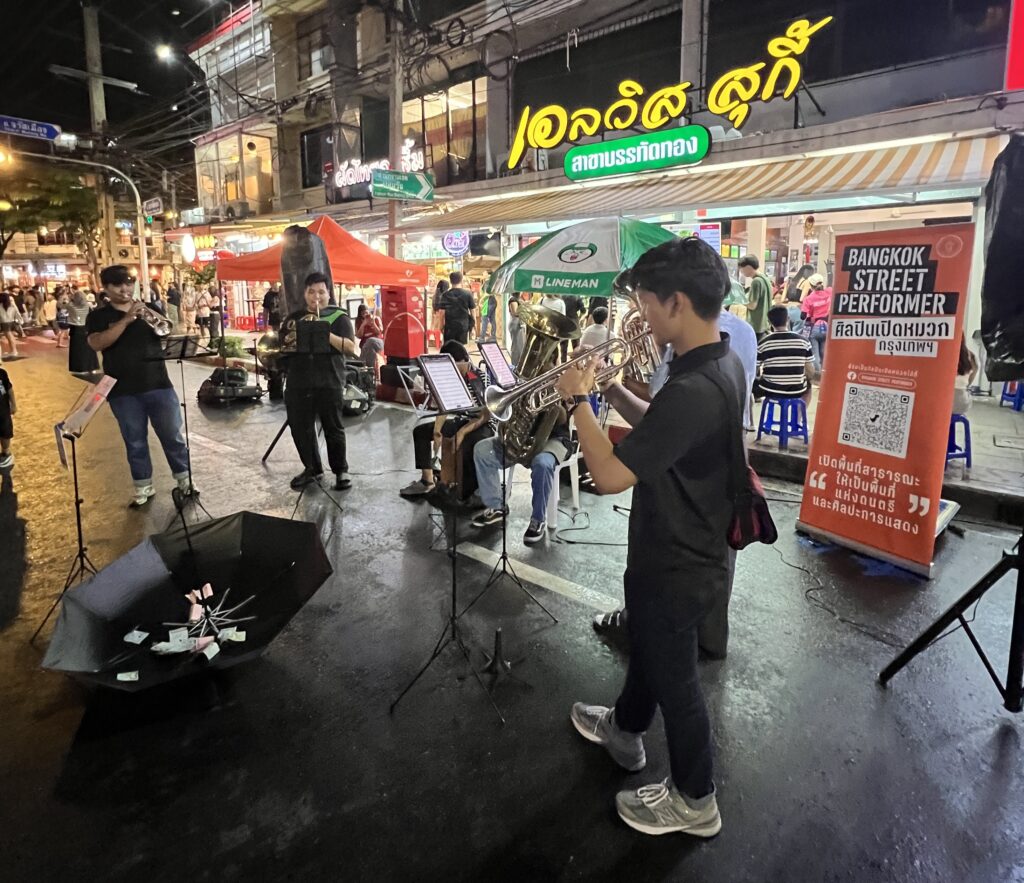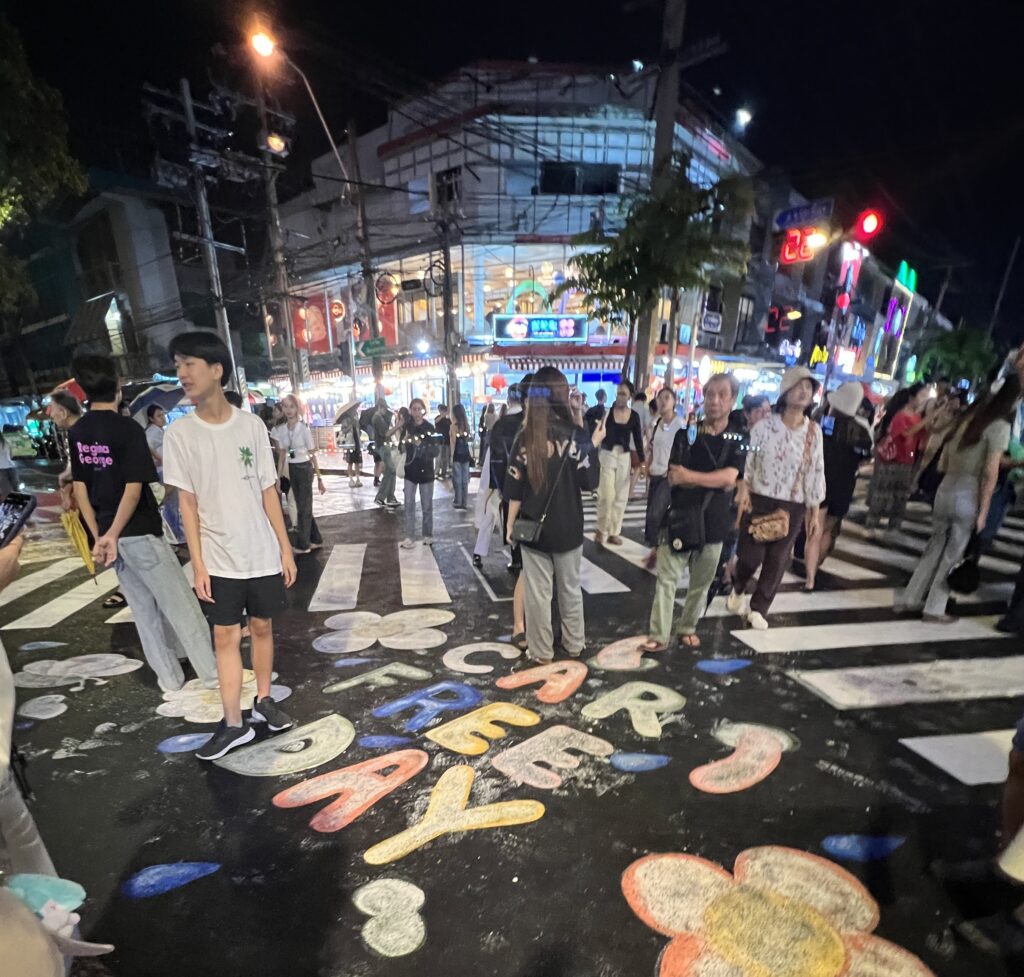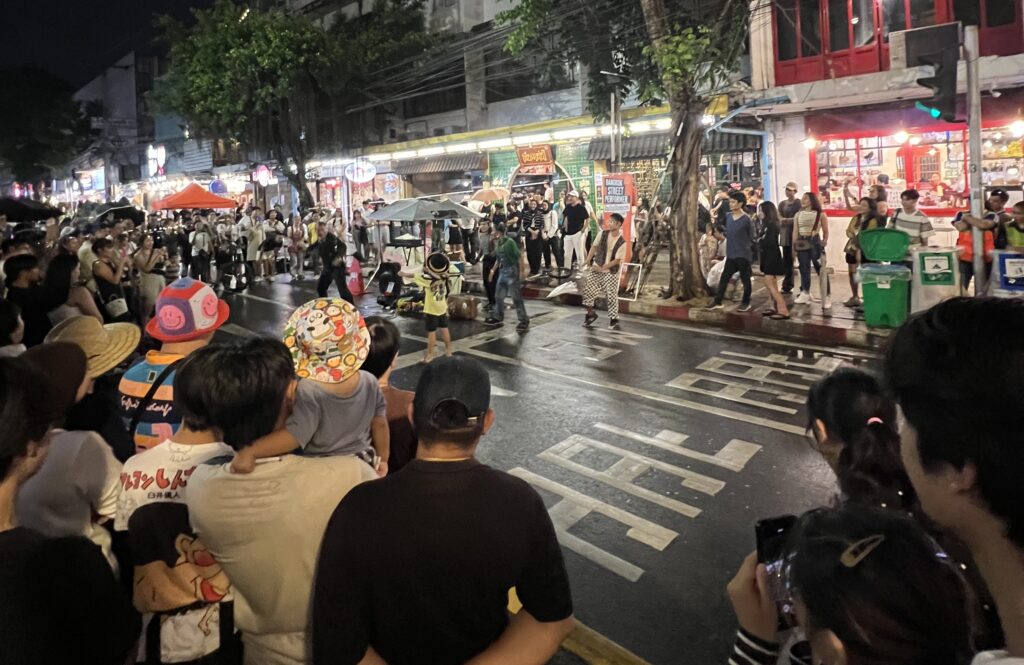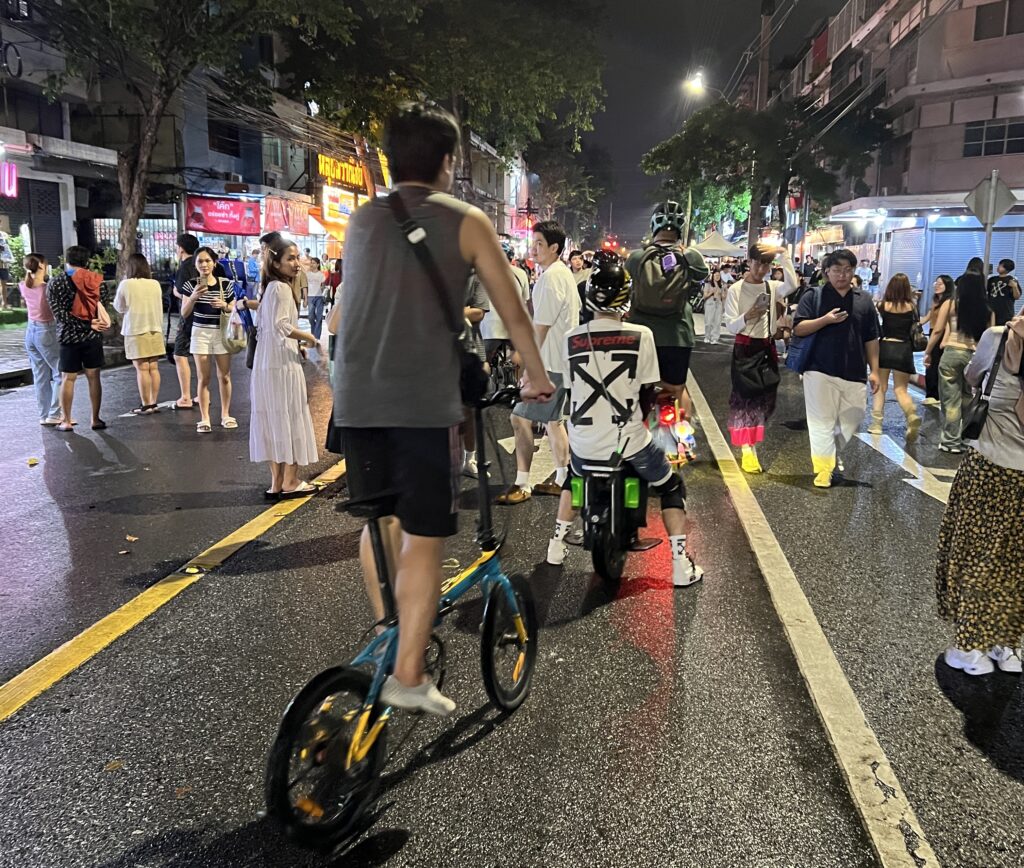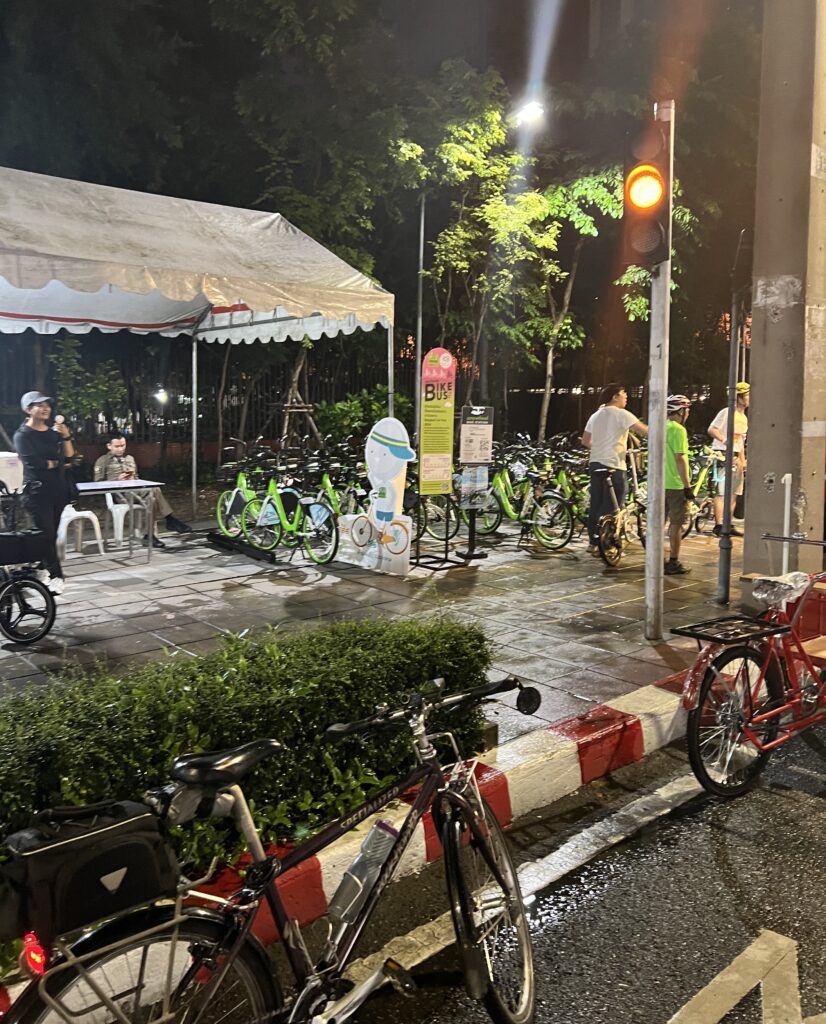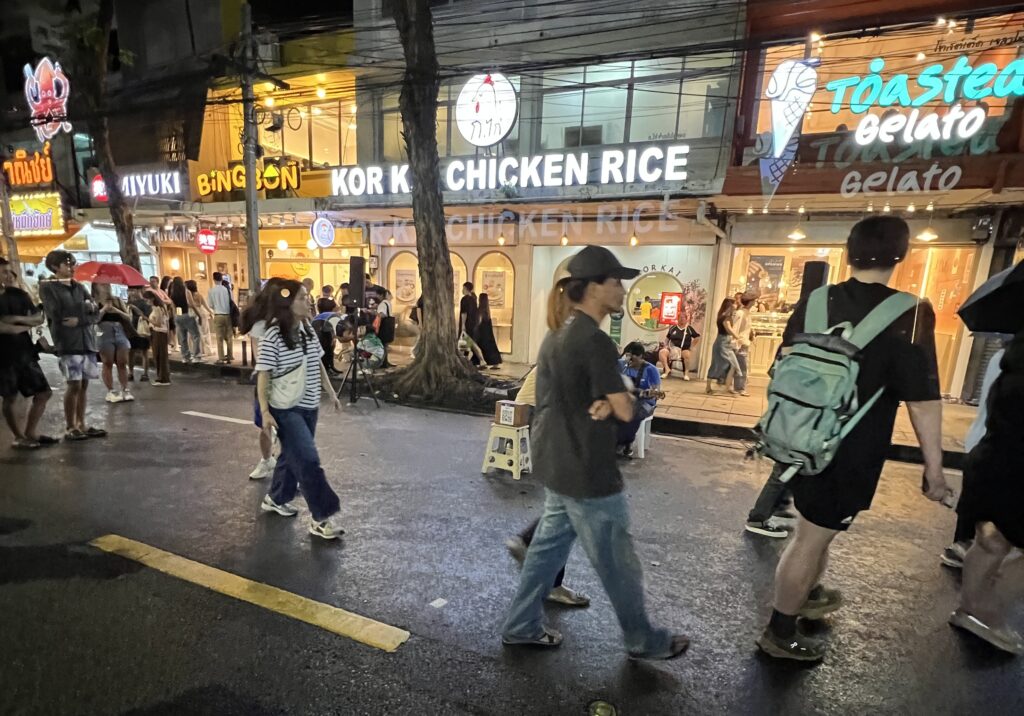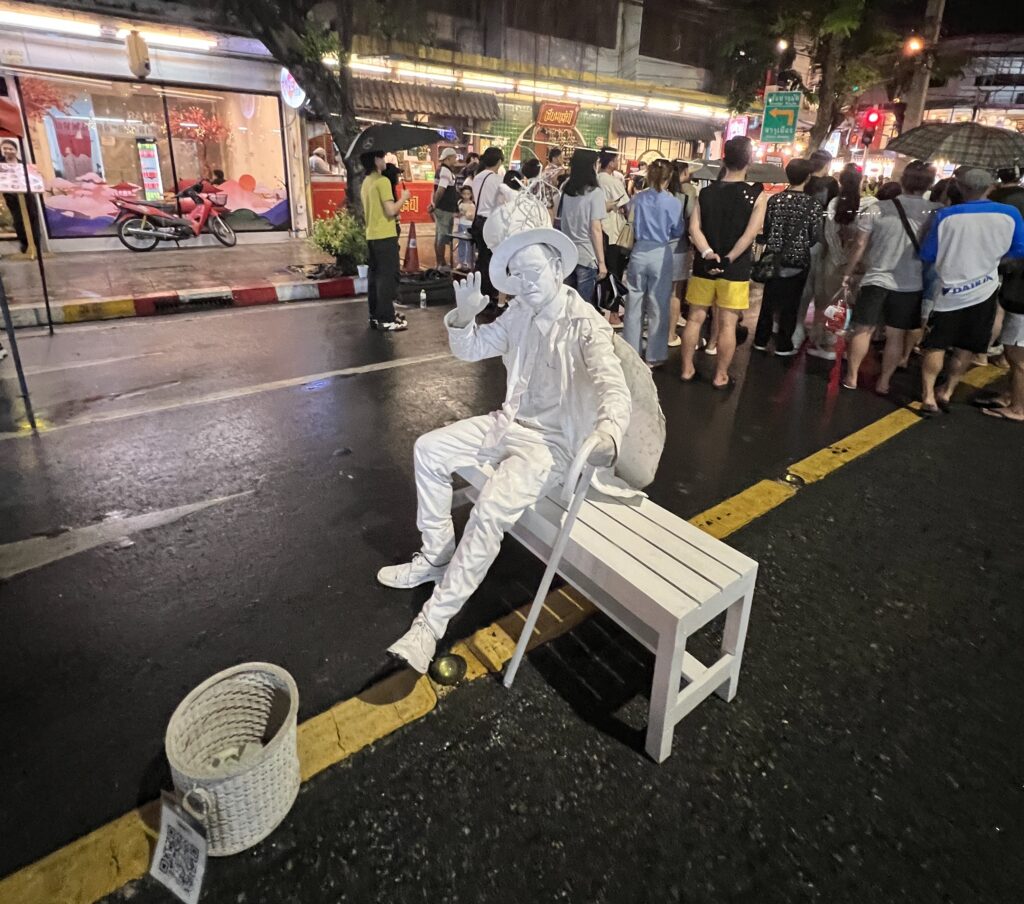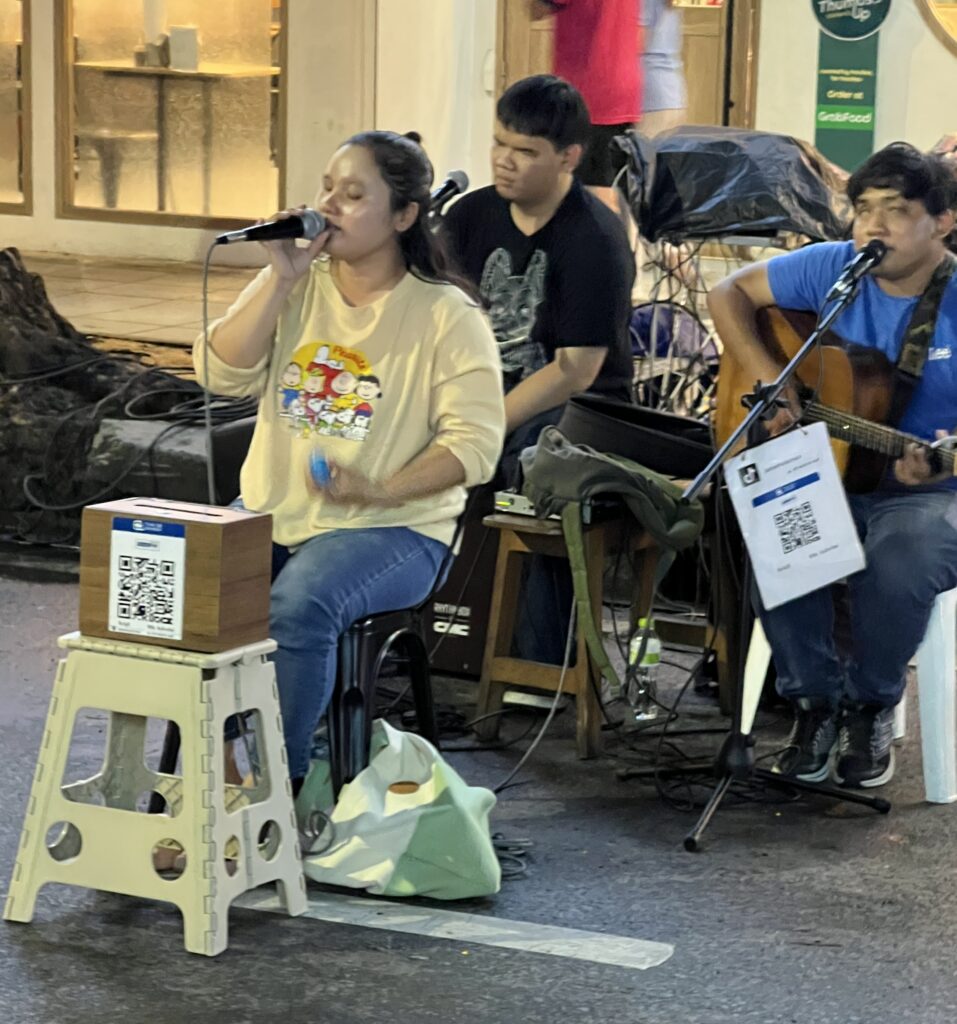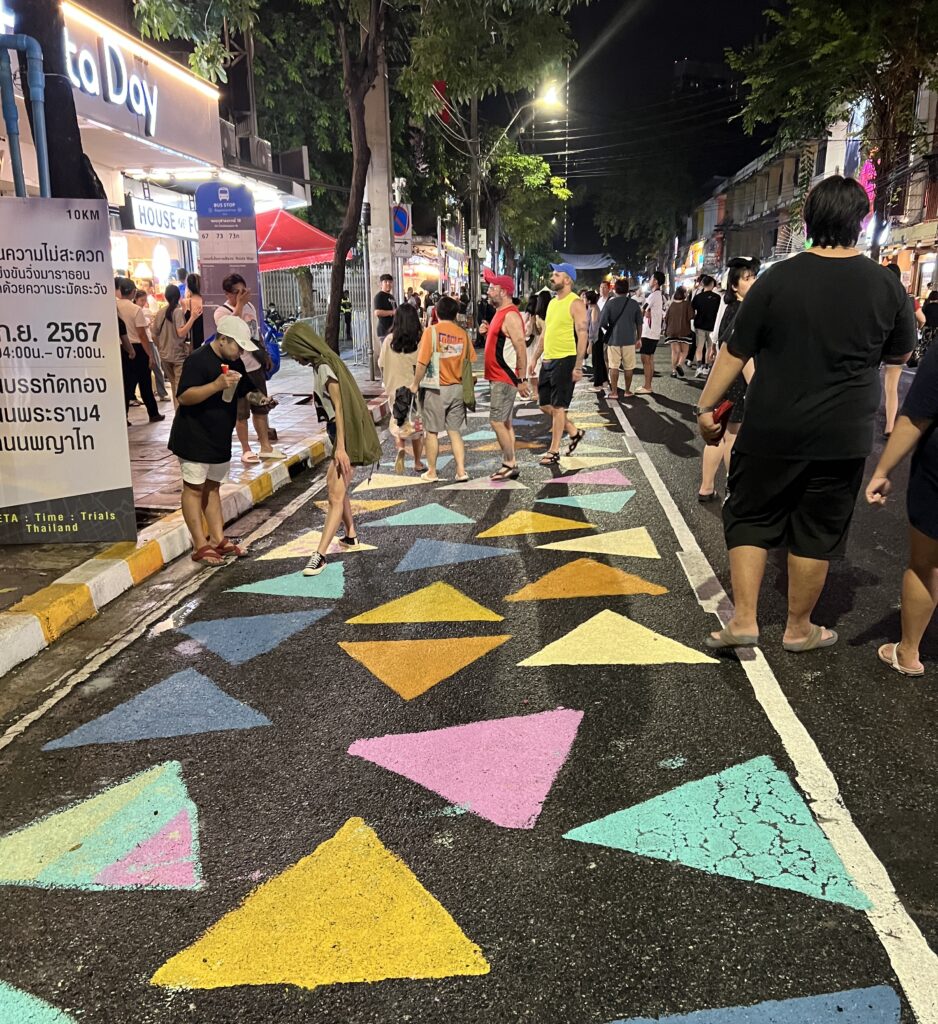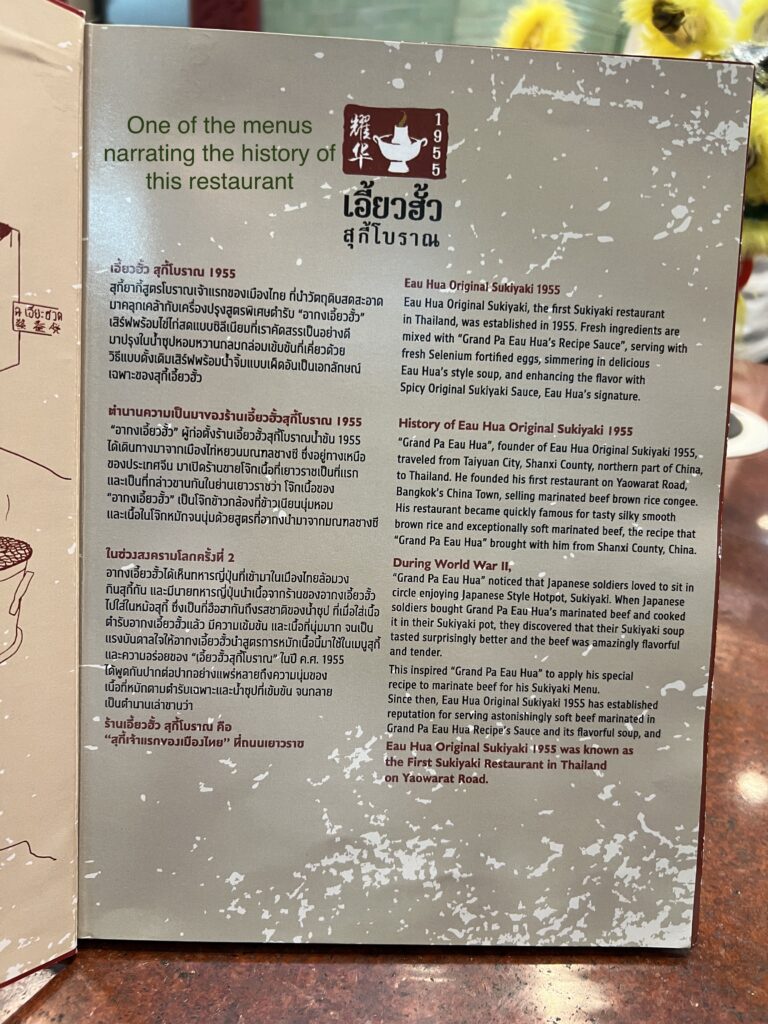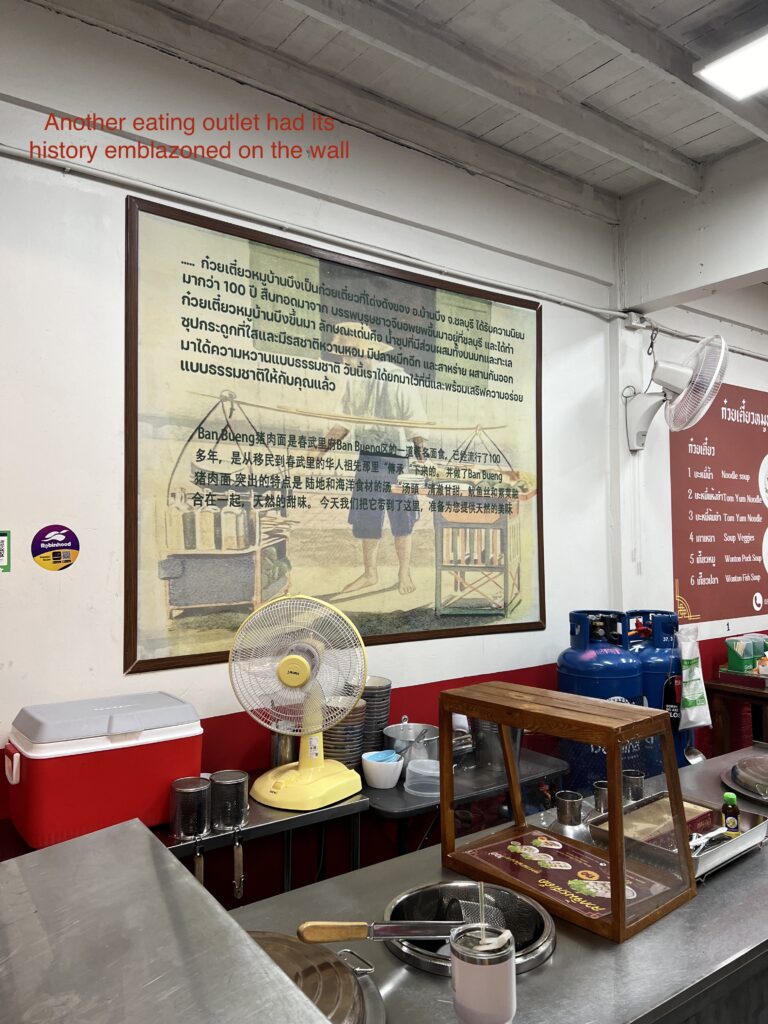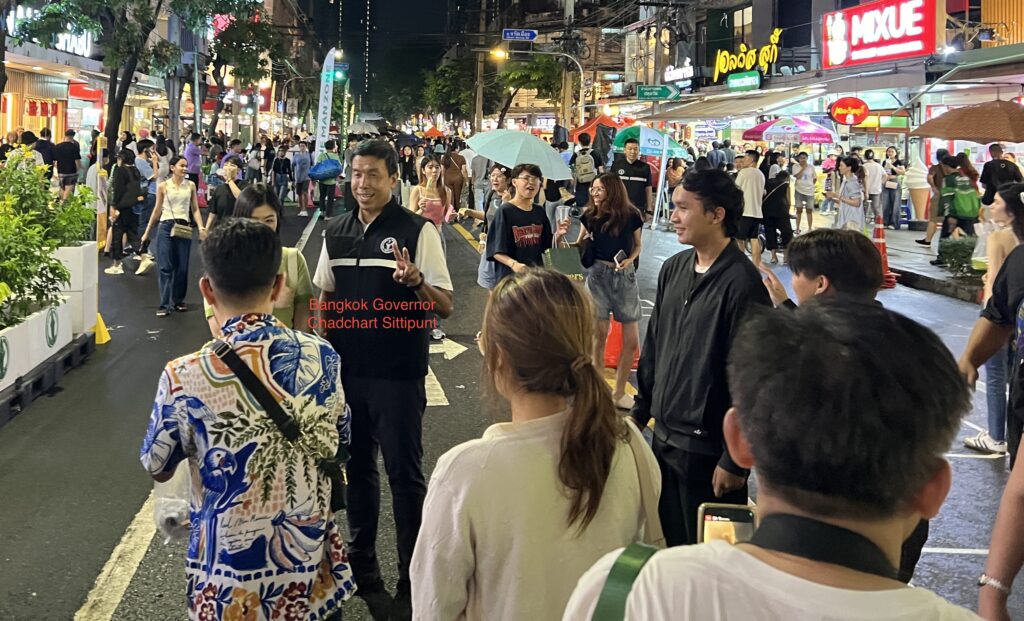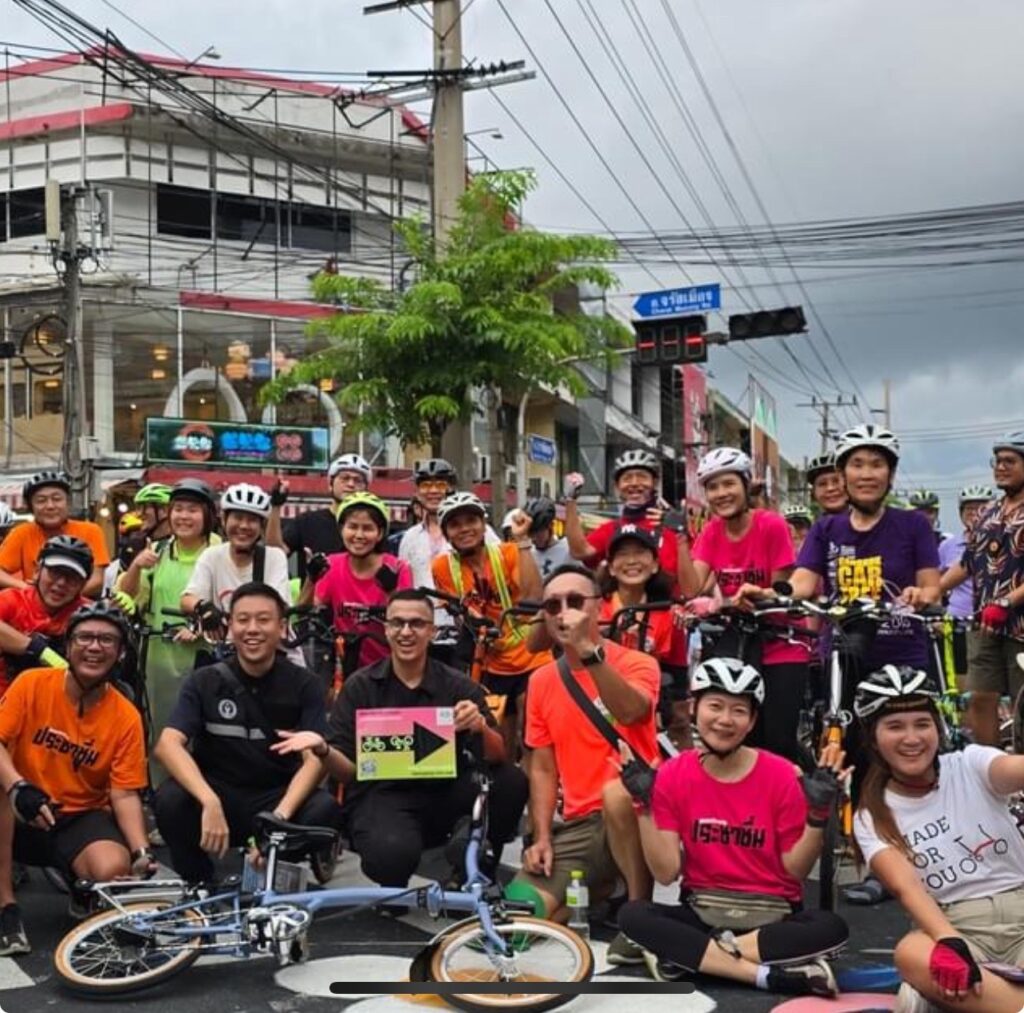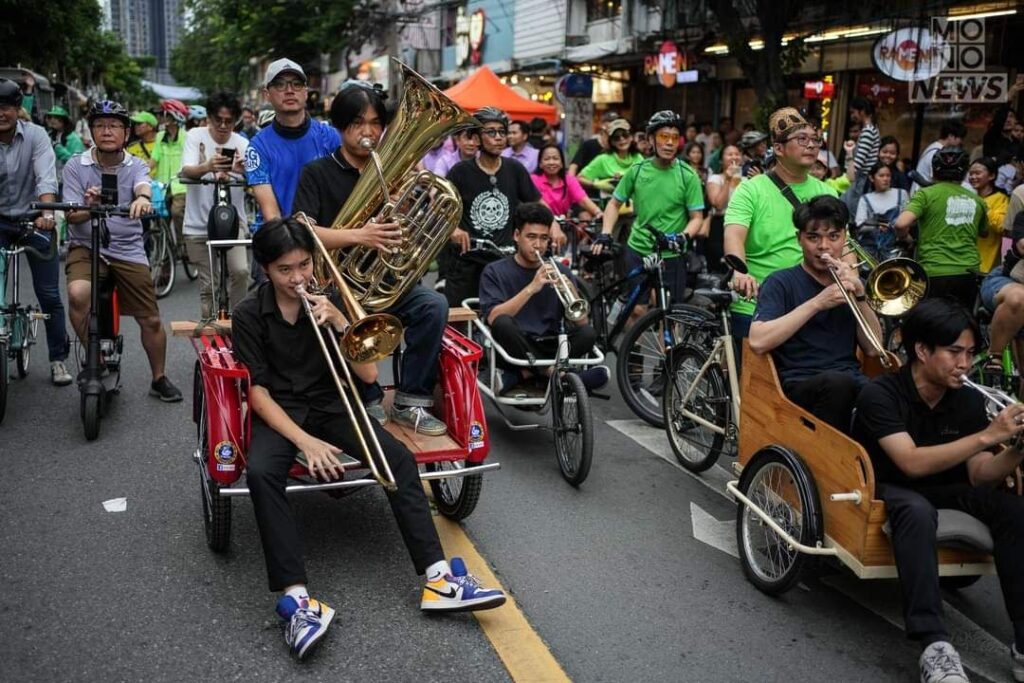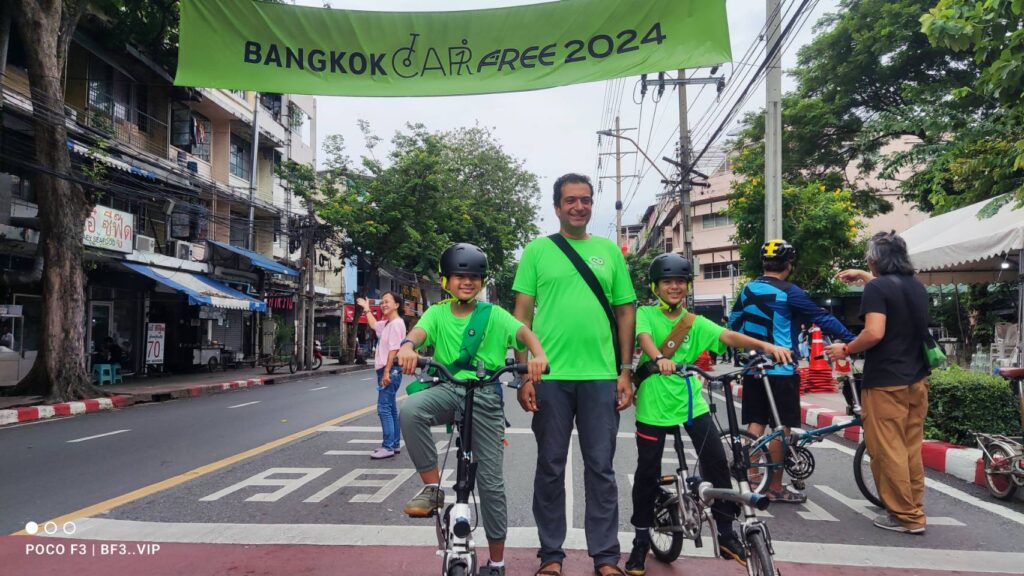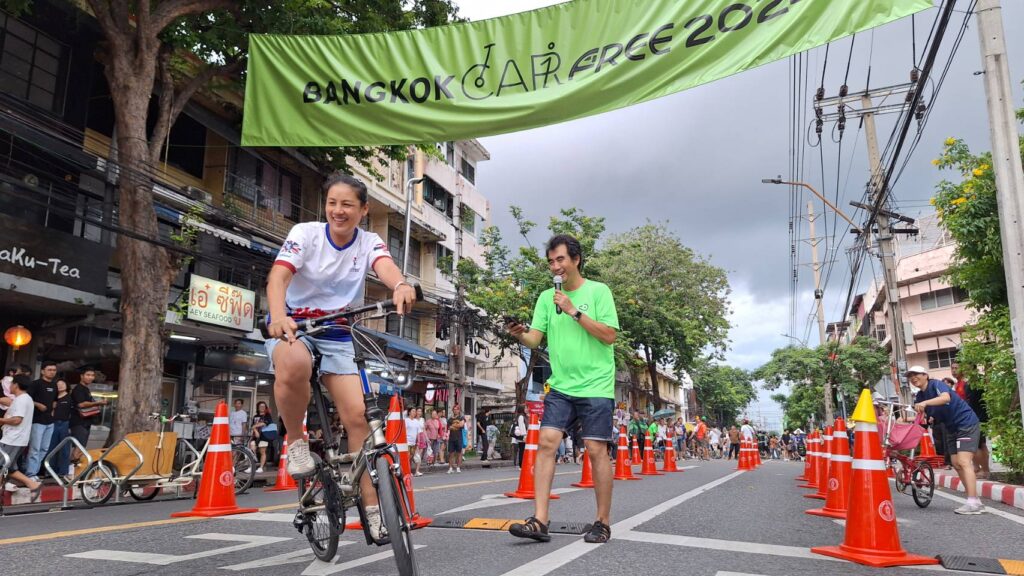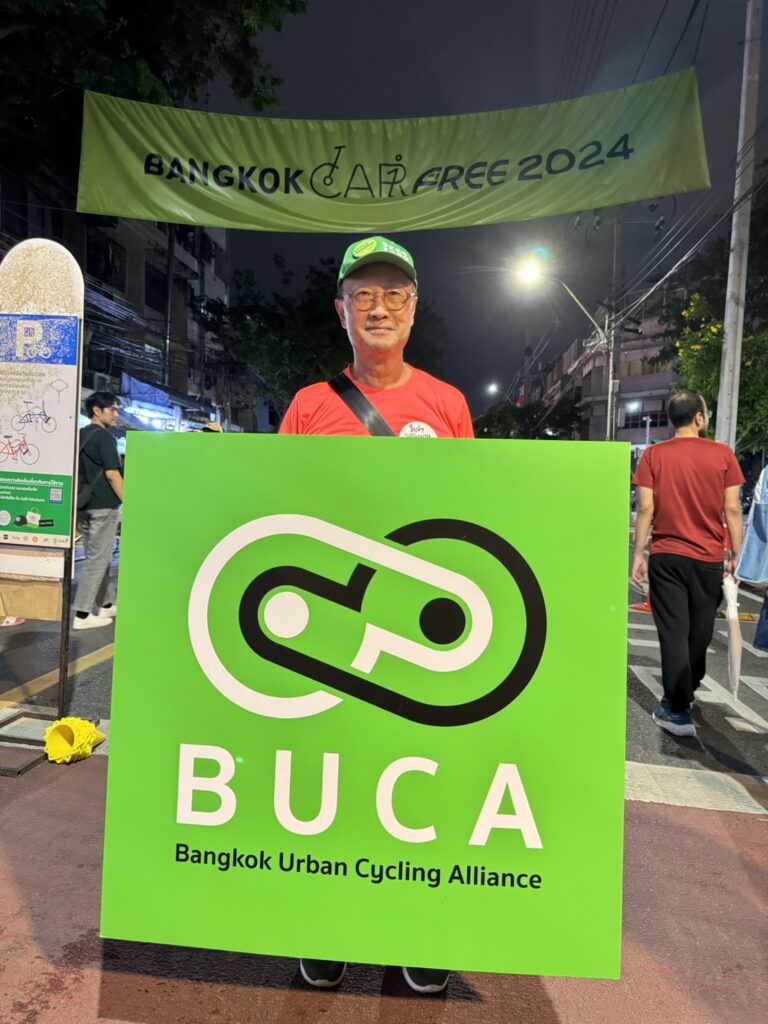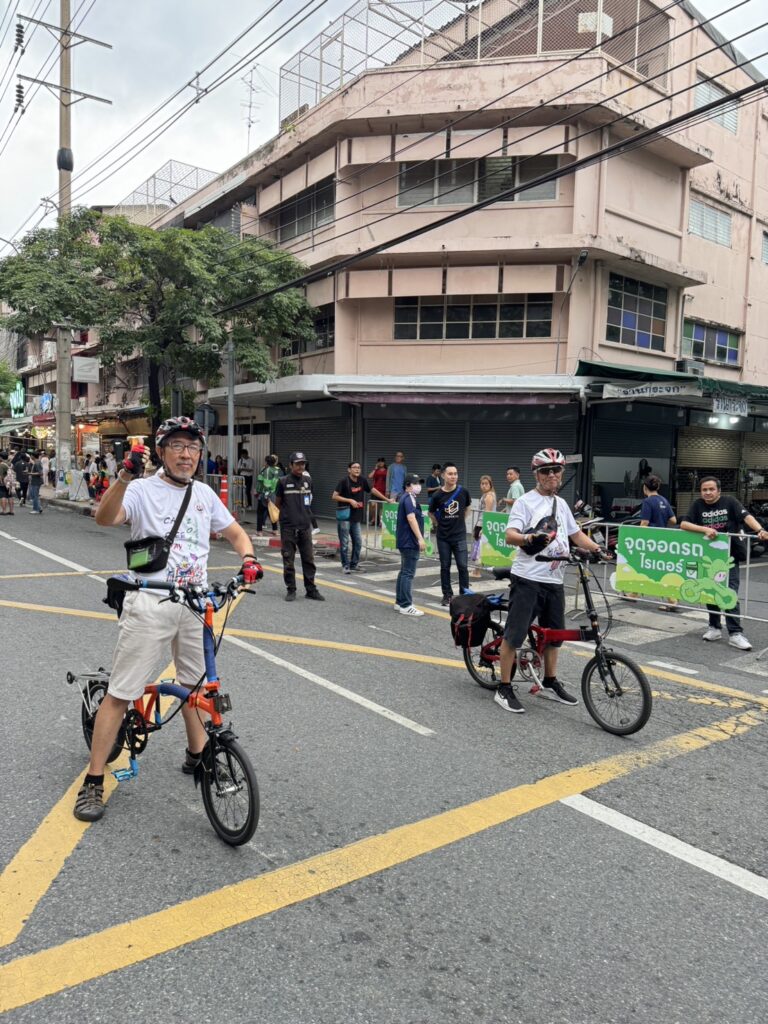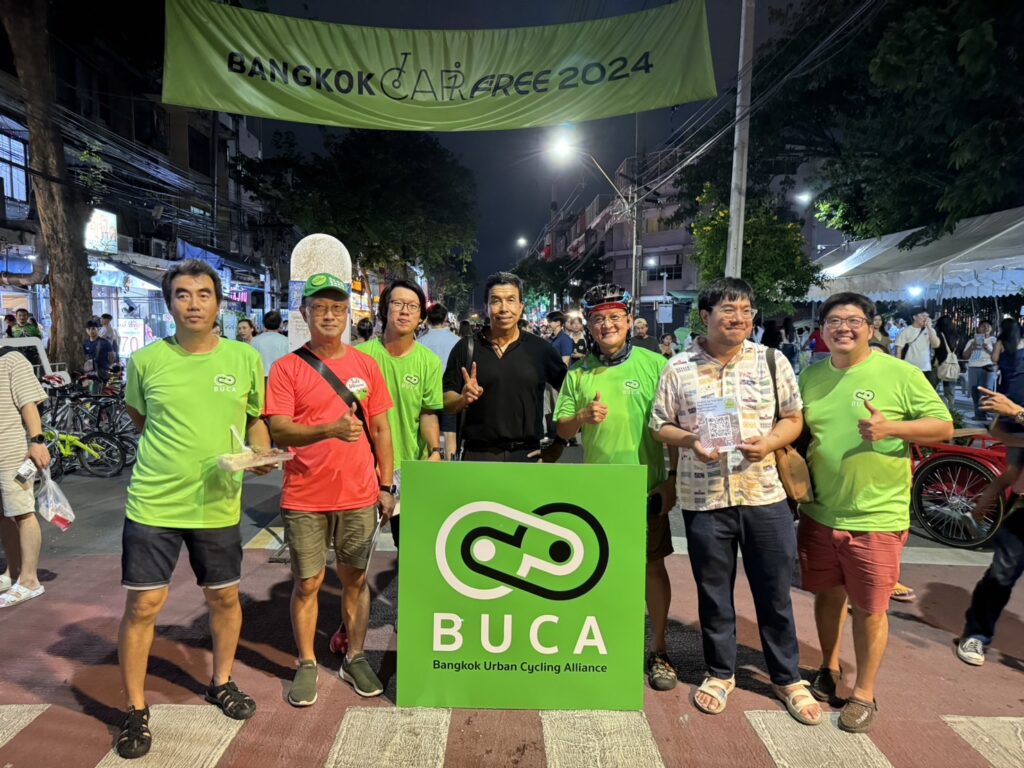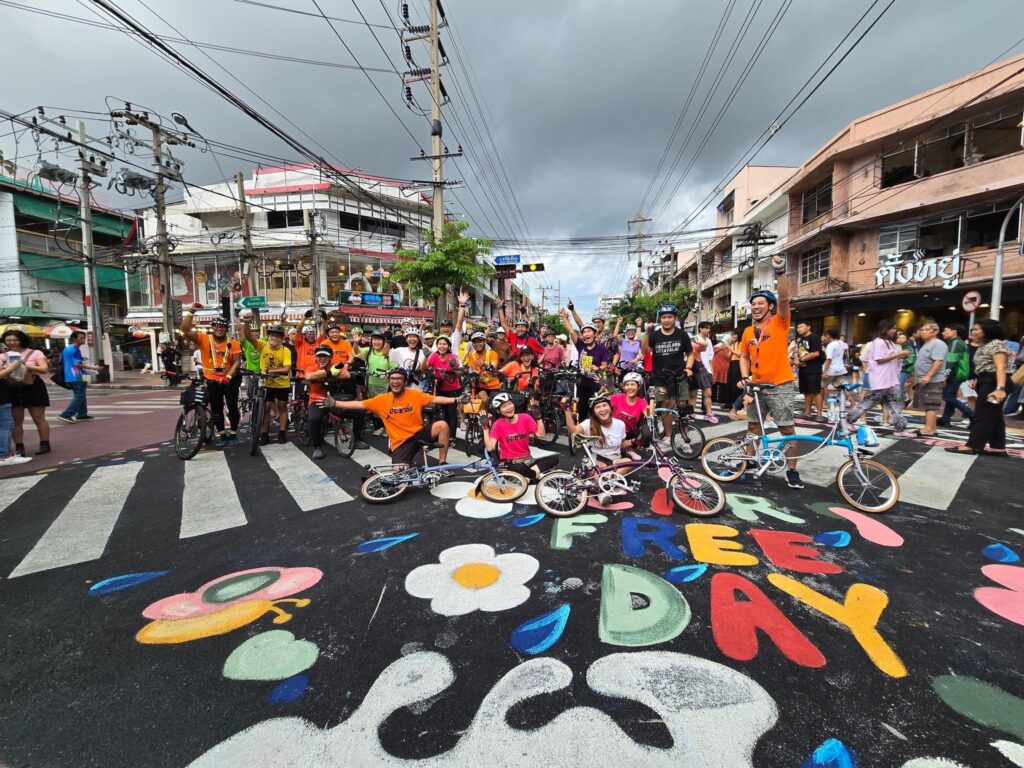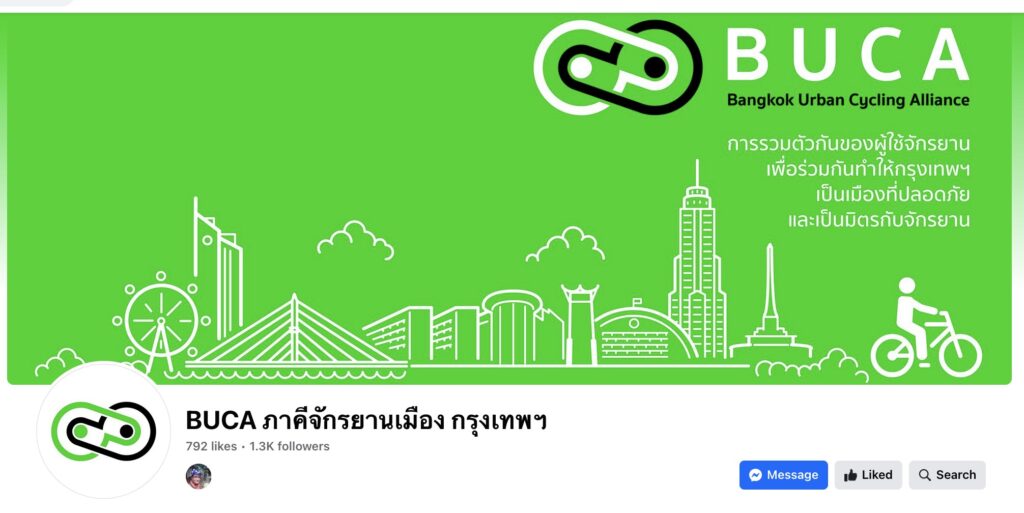23 Sep 2024
Thousands Walk, Eat, Chill as Bangkok launches Car-Free street
Bangkok — Thousands of Bangkokians and tourists thronged the Bantadthong road in downtown Bangkok to Walk, Eat, Chill over two evenings of car-free relief between 21-22 Sept 2024. The roughly 500-metre stretch of road, which is lined by about 200 SME eating outlets, came alive with families and young people enjoying the Thai capital’s latest experiment in sustainable urban rejuvenation.
Initiated and coordinated by the Bangkok Urban Cycling Alliance (BUCA), the project was actioned by the Bangkok Metropolitan Administration under the City Governor Chadchart Sittipunt and spearheaded by Deputy Governor Sanon Wangsrangboon. My son Mishari, a member of BUCA, was one of the Next-Gen leaders on the organising team.
My wife and I, along with my daughter-in-law and grand-twins aged 10, spent four hours there, enjoying the relatively good air quality, supporting the local eateries and contributing to the coffers of the buskers, clowns, mini-circus artistes and visually-impaired musicians performing all through the evenings.
It was a perfect way to spend the International Day of Peace, mingling in harmony and friendship with people from all walks of life — from Thais to Arabs and Chinese, Indians to Africans. The kaleidoscopic confluence of culture and cuisine also became a mini-fashion show by the young people strutting their stuff.
Walking streets are standard-fare in most of the cities in the so-called “developed countries”. Earlier attempts to try them in Bangkok have failed mainly because local businesses expressed reservations, the walking streets were cluttered with stalls and there was inadequate public transport in the vicinity.
This time, all these issues were resolved.
The popular Bantadthong Food Street was chosen because the eateries are already very popular, many of them family-owned with a rich history heritage in their own right. It contains no big hotels or shopping complexes requiring vehicular access. It is close to both the Skytrain and MRT Underground stations and right next to Chulalongkorn University, whose students provided massive social-media marketing support. To maximise space usage and freedom of movement, the Walking Street was kept free of stalls selling products.
In the preparatory surveys, the eateries expressed concern about the potential loss of business due to the restricted access by the traditional means of transport — cars, tuk-tuks and motorycles. They were convinced to give it a try on the grounds that business would actually grow by attracting more people.
That turned out to be true.
QR-code survey responses from both the businesses and visitors indicated overwhelming approval of more than 90%. A total of 1,066 responses were received which are being analysed to identify the demographics, transportation habits and income levels.
The images below speak for themselves. I bumped into both Governor Chadchart and Deputy Governor Sanon and congratulated them on the effort. I encouraged them to make the sidewalks more wheelchair-friendly, expand the concept to other parts of Bangkok and boost the frequency of car-free weekends. The mega-malls and shopping complexes need to start find ways of adapting and implementing the idea, too.
It clearly works. A great job by the BUCA and the BMA.
Here is a link for further information about BUCA. May be worthwhile to invite their team members for speaking engagements to discuss how to broaden the idea. Click here to access the BUCA page on FB.. https://www.facebook.com/urbancyclingbkk
